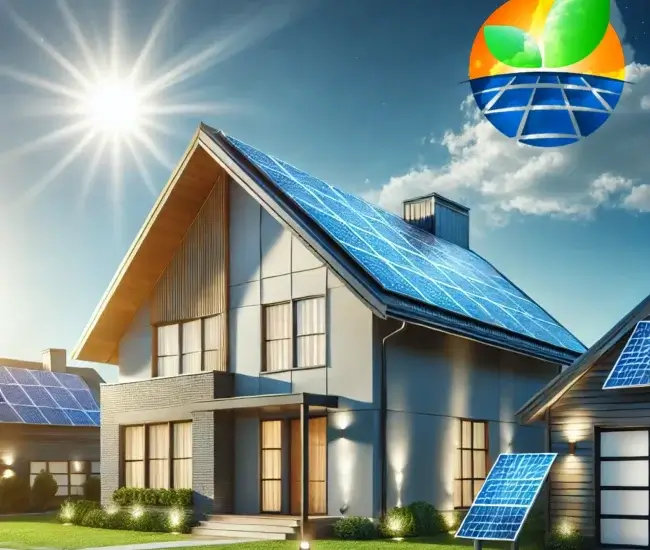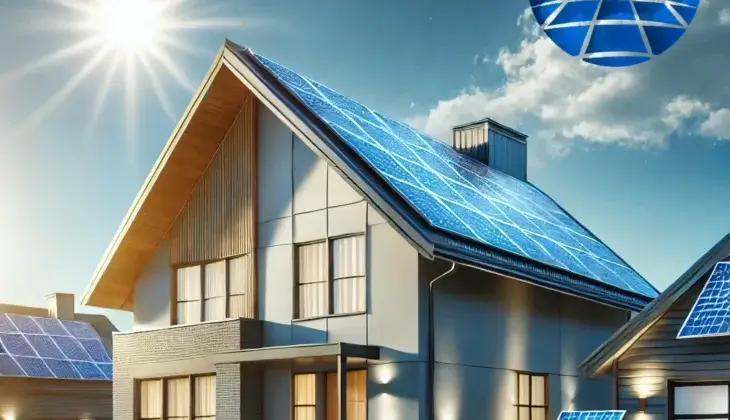Is Investing in Solar Energy Worth It in 2025?

Introduction
The solar energy industry has seen rapid growth in recent years, making it an attractive option for homeowners and businesses looking to reduce electricity costs and embrace sustainable energy solutions. But is 2025 the right time to invest in solar panels? With decreasing installation costs, government incentives, and advancements in technology, solar energy is becoming more affordable and efficient. In this article, we’ll explore whether investing in solar panels in 2025 is a smart financial decision.
1. Decreasing Installation Costs and Technological Advancements
One of the main reasons solar energy is becoming more attractive is the continuous drop in installation costs. Over the past decade, the price of solar panels has significantly decreased due to improved manufacturing techniques and economies of scale.
Additionally, advancements in solar panel technology, such as high-efficiency monocrystalline panels and bifacial modules, have made systems more effective at generating electricity. These innovations mean that homeowners and businesses can generate more energy with fewer panels, maximizing savings.
2. Government Incentives and Tax Benefits
Government incentives continue to play a major role in making solar energy a cost-effective option. In the U.S., the Investment Tax Credit (ITC) allows homeowners to deduct a percentage of their solar installation costs from federal taxes. California, in particular, offers additional rebates and financing programs that make solar panel installations even more affordable.
Moreover, net metering policies allow homeowners to sell excess electricity generated by their solar panels back to the grid, further offsetting their energy costs. With these financial incentives, the initial investment in solar can be significantly reduced.
3. Return on Investment and Long-Term Savings
Investing in solar energy offers substantial long-term savings. While the upfront cost may seem high, solar panels typically pay for themselves within 5 to 7 years through electricity bill reductions and tax incentives. After this period, homeowners enjoy nearly free electricity for the remainder of the panels’ lifespan, which can exceed 25 years.
With electricity prices rising each year, switching to solar can provide predictable energy costs, protecting homeowners from future utility rate hikes. This stability is especially valuable in states like California, where electricity rates are among the highest in the country.
4. Environmental Benefits and the Future of Solar Energy
Beyond the financial benefits, investing in solar energy contributes to a cleaner environment. Solar power reduces carbon emissions, decreases dependence on fossil fuels, and supports the transition to renewable energy sources.
Governments and corporations worldwide are increasing their commitment to clean energy, further boosting the demand for solar power. As the market grows, additional innovations and policies will likely make solar even more cost-effective in the coming years.
Conclusion
Investing in solar energy in 2025 is a financially sound decision for homeowners and businesses. With lower installation costs, strong government incentives, and high long-term savings, solar panels provide a great return on investment. Additionally, solar energy helps combat climate change and reduces reliance on non-renewable energy sources.
If you’re considering switching to solar, now is the time to take action! Contact Enovin Solar today for a free consultation and find out how much you can save with clean, renewable energy.

Leave A Comment